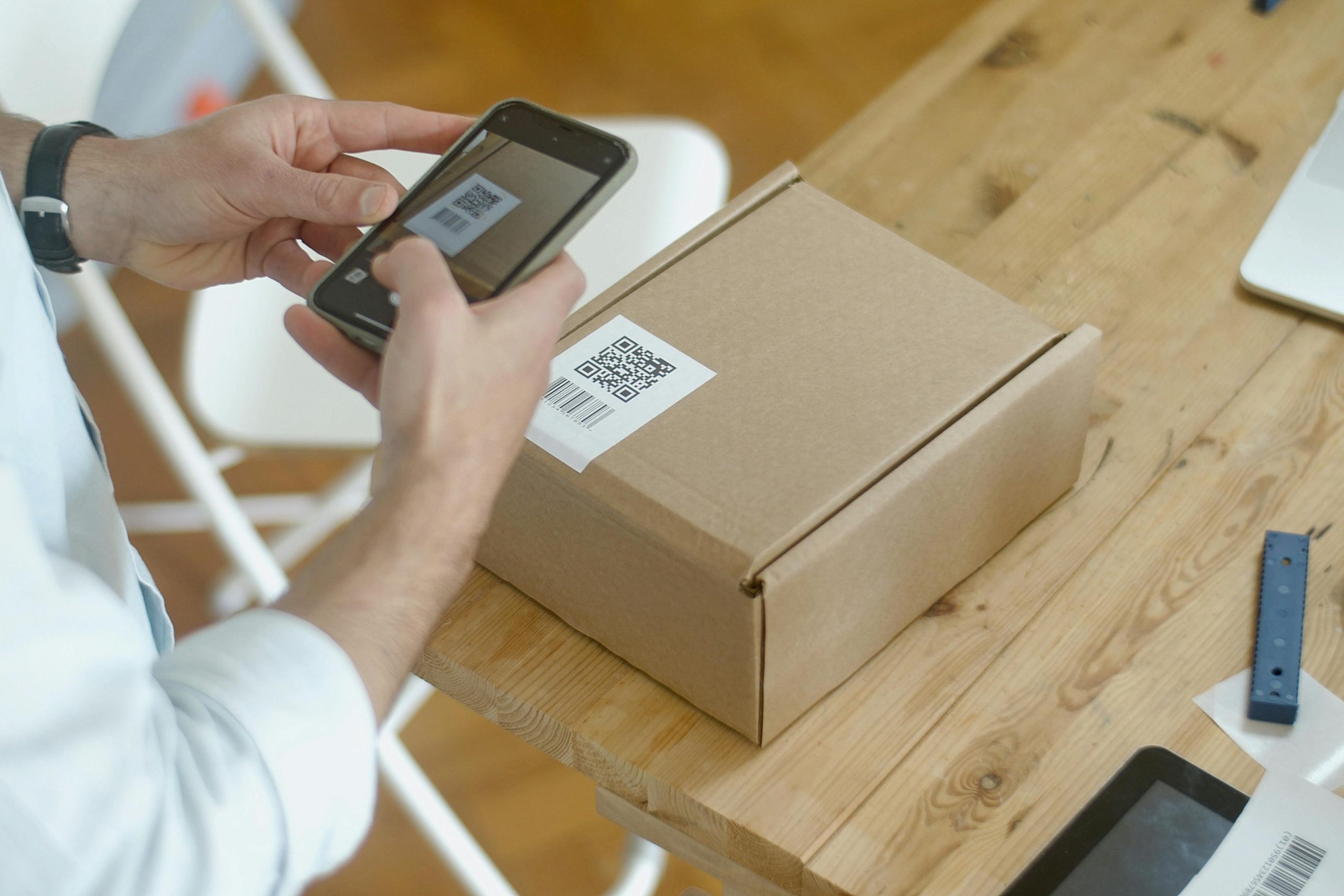Breaking into the Amazon marketplace can feel overwhelming, especially when deciding what to sell. One of the most reliable ways to start is by sourcing Wholesale products to sell on amazon, as it allows you to buy in bulk at lower costs and resell at profitable margins. However, success requires more than just picking items at random—it demands strategy, research, and a clear sourcing plan. This complete guide will walk you through everything you need to know to confidently identify, source, and sell wholesale products on Amazon.
Why Wholesale is a Smart Business Model on Amazon
Wholesale is one of the most popular business models on Amazon, primarily because it allows sellers to scale quickly without the complexities of manufacturing or private labeling. By partnering with wholesalers and distributors, you gain access to established products that already have demand and brand recognition. This lowers risk while still leaving room for strong profit margins.
Key Benefits of Selling Wholesale
- Faster market entry: No need to create a brand from scratch.
- Stable demand: Products often already have strong sales history.
- Bulk pricing: Higher profit margins due to lower per-unit costs.
- Scalability: Easier to grow by reordering proven products.
Step 1: Researching the Best Wholesale Products to Sell on Amazon
The foundation of success lies in choosing the right products. Not every wholesale deal translates into profit, so you’ll need to rely on data-driven research.
Tools for Product Research
- Amazon Best Sellers: Shows trending and consistently selling products.
- Jungle Scout & Helium 10: Paid tools that provide sales data, competition levels, and estimated profits.
- Keepa: Tracks price history and sales rank trends to spot sustainable demand.
Product Selection Criteria
When selecting wholesale products, keep these factors in mind:
- Steady demand: Look for products with consistent sales rank.
- Low competition: Avoid oversaturated categories.
- Reasonable size and weight: To minimize storage and shipping fees.
- Profit margins: Target at least 20–30% return on investment (ROI).
Step 2: Finding Reliable Wholesale Suppliers
After narrowing down product ideas, the next step is sourcing trustworthy suppliers. Your suppliers are the backbone of your business, so investing time in finding the right partners is crucial.
Where to Find Wholesale Suppliers
- Trade Shows: Events like ASD Market Week or Global Sources Expo are great networking hubs.
- Wholesale Directories: Platforms such as Worldwide Brands, SaleHoo, or ThomasNet.
- Manufacturer Partnerships: Contacting manufacturers directly often yields the best pricing.
- Distributors: Large distributors carry multiple brands, giving you variety in one partnership.
Vetting a Supplier
To avoid unreliable suppliers, always:
- Verify business licenses and reputation.
- Request product samples.
- Compare minimum order quantities (MOQs).
- Ask about return policies and warranties.
Step 3: Navigating Amazon’s Requirements for Wholesale Sellers
Amazon has specific requirements for sellers sourcing wholesale products. Meeting these guidelines ensures your account remains in good standing and helps you win the Buy Box more frequently.
Amazon Brand Approval
Many wholesale products are from well-known brands. Some may require Amazon’s approval for reselling, known as brand gating. To get approval, you’ll need:
- Invoices from authorized distributors.
- Proof of a legitimate business (business license, tax ID).
Buy Box Eligibility
Wholesale sellers thrive when they win the Buy Box—the prominent “Add to Cart” button on product pages. To increase your chances:
- Maintain competitive pricing.
- Keep high seller performance metrics.
- Ensure fast, reliable shipping (preferably via FBA).
Step 4: Building Strong Relationships with Wholesalers
Sourcing wholesale products isn’t just transactional—it’s about building partnerships. A strong supplier relationship can lead to exclusive deals, better pricing, and priority access to in-demand products.
Tips for Strong Supplier Relationships
- Communicate professionally and clearly.
- Place consistent reorders to build trust.
- Negotiate volume discounts over time.
- Be transparent about business goals.
Step 5: Calculating Profitability
Before committing to wholesale purchases, carefully analyze costs to ensure profitability. Amazon fees, shipping, and storage can significantly impact your margins.
Key Costs to Consider
- Cost of goods (COGS): Wholesale purchase price.
- Amazon seller fees: Referral fees (usually 8–15%) and FBA fees.
- Storage fees: Higher for oversized or slow-moving inventory.
- Shipping and customs: If sourcing internationally.
Use Amazon’s FBA Revenue Calculator to estimate profit margins and decide whether a product is worth investing in.
Step 6: Placing Your First Wholesale Order
Once you’ve confirmed profitability, it’s time to place your initial wholesale order. Start small to test the waters before committing to larger quantities. This strategy minimizes risks and allows you to evaluate product performance on Amazon.
Best Practices for Your First Order
- Order enough units to stay in stock but avoid overstocking.
- Test multiple SKUs to diversify your portfolio.
- Monitor customer feedback closely for quality control.
Step 7: Listing and Optimizing Products on Amazon
Even with wholesale products, optimization is key to maximizing visibility and sales. Your listings need to stand out in a competitive marketplace.
Optimizing Your Amazon Listings
- Keyword research: Use Helium 10 or MerchantWords to identify relevant keywords.
- High-quality images: Showcase products clearly and professionally.
- Compelling product descriptions: Highlight key features and benefits.
- Backend search terms: Add additional keywords for discoverability.
Step 8: Scaling Your Wholesale Business on Amazon
Once you’ve established profitable products, scaling becomes the next step. Growth comes from expanding product lines, optimizing processes, and reinvesting profits.
Strategies to Scale
- Expand into related categories: Use data to identify complementary products.
- Negotiate better terms: Request discounts for bulk orders.
- Automate processes: Use inventory and repricing software.
- Build brand exclusivity: Partner with suppliers for exclusive distribution rights.
Common Mistakes to Avoid
Even seasoned sellers make errors that can hurt profitability. Avoid these common pitfalls:
- Ignoring supplier vetting and ending up with counterfeit products.
- Overestimating demand and holding dead inventory.
- Failing to factor in all Amazon fees before pricing.
- Competing in oversaturated categories with razor-thin margins.
Final Thoughts
Selling wholesale on Amazon is one of the most scalable and reliable business models available today. By carefully researching, sourcing from trusted suppliers, and optimizing your listings, you can build a sustainable and profitable business. The key lies in treating your suppliers as long-term partners, constantly monitoring profitability, and adapting to Amazon’s ever-changing marketplace. Start small, stay strategic, and use data to guide your decisions—and you’ll be well on your way to mastering wholesale sourcing on Amazon.



